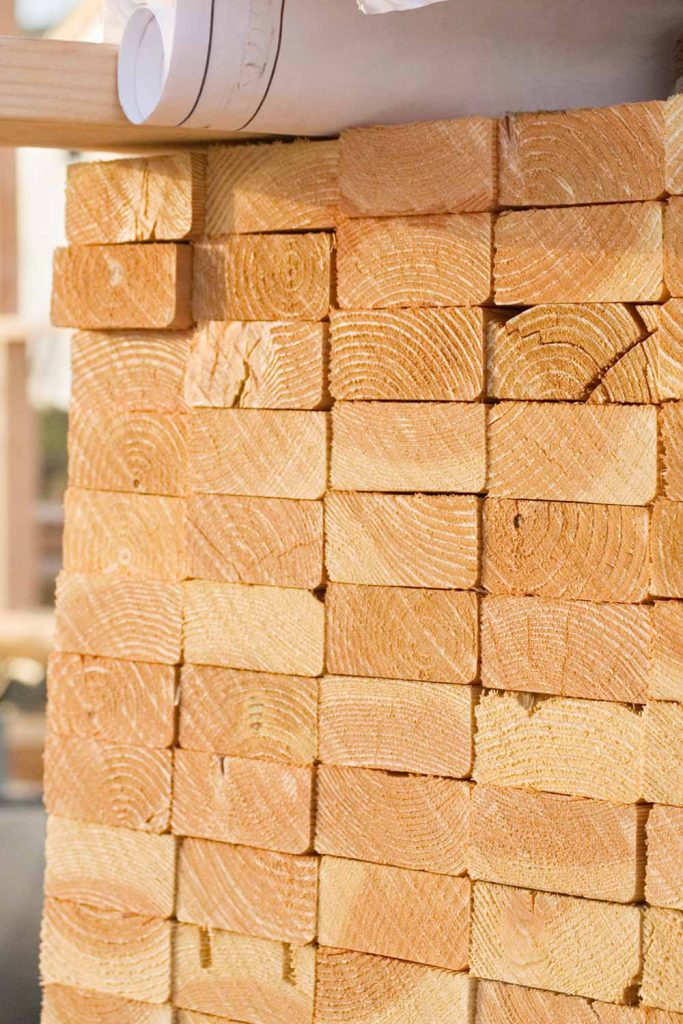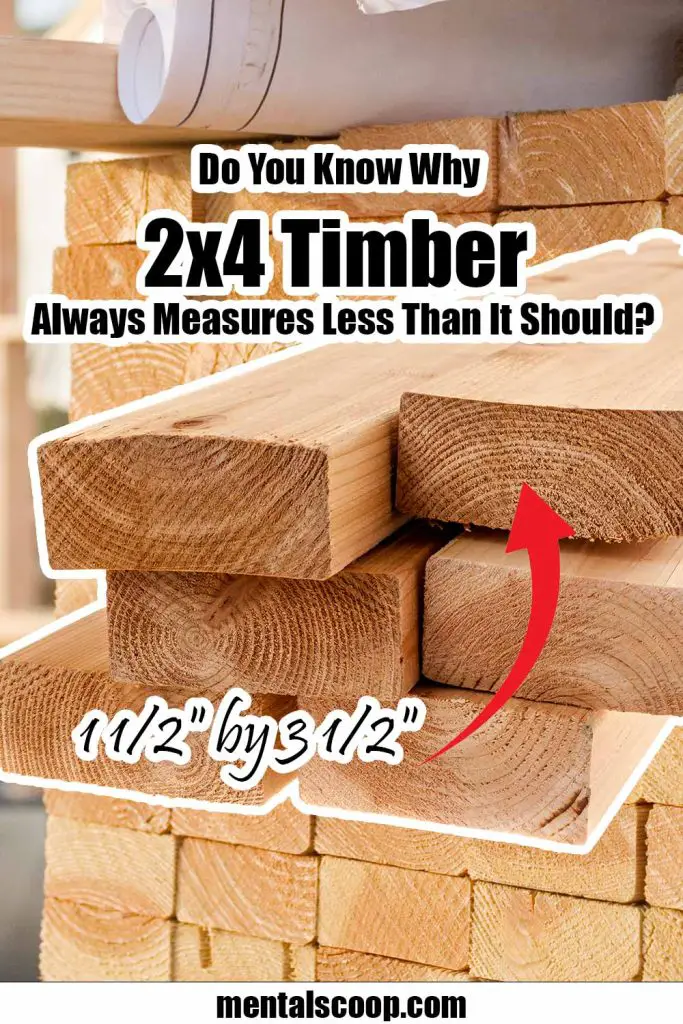Do You Know Why 2×4 Timber Always Measures Less Than It Should?

Woodworking, a craft as old as time, often feels like a journey into a world where tradition meets precision. If you’ve ever ventured into a lumber store, you’ve undoubtedly encountered the ubiquitous 2×4 timber – a cornerstone of countless construction and DIY projects.
But here’s the intriguing part: that seemingly solid 2×4 chunk of wood isn’t as hefty as its name suggests. Have you ever wondered why? In this deep dive into the heart of woodworking, we are about to unravel a captivating mystery that has perplexed craftsmen and consumers alike for generations.
Join us as we explore the historical origins, the science behind the drying process, industry standards, and the practical implications of why 2×4 timber always measures less than it should.
By the end of this journey, you’ll not only understand the secret behind this woodworking enigma but also gain insights that will empower you in your future projects. So, fasten your seatbelts, and let’s embark on this illuminating adventure through the fascinating world of lumber dimensions.
The Deceptive Dimensions
When you walk into a lumber store and purchase a 2×4 timber, you might assume you’re getting a solid chunk of wood measuring 2 inches by 4 inches. But here’s the catch – that piece of lumber you’re holding isn’t as hefty as it appears. In fact, it’s slightly smaller.
Ever wondered why? Let’s dive into the intriguing world of woodworking to unveil the mystery behind why 2×4 timber always measures less than it should.
Historical Origins
To understand this enigma, we need to rewind to the past. Back in the day, lumber was cut and sold green, meaning it was freshly cut and not yet dried. But as it dried, it shrank. The initial 2×4 measurement was an approximation of the size of the green, freshly cut wood.
However, over time, the lumber industry shifted, adopting standardized dimensions. Despite this change, the name “2×4” stuck, causing confusion among consumers.
The Drying Process
Wood, being a natural material, undergoes changes when it dries. As lumber dries, it loses moisture and contracts.
This shrinkage results in the actual dimensions of a 2×4 being smaller than the nominal size. This natural drying process is crucial to prevent warping and cracking in the wood, ensuring the lumber remains stable for various applications.
Industry Standards
In modern times, industry standards have been established to ensure consistency and quality in lumber production. The National Institute of Standards and Technology (NIST) in the United States, for instance, regulates the dimensions of lumber.
These standards dictate that a 2×4 must be cut to 1.5 inches by 3.5 inches, ensuring uniformity across the industry. Compliance with these standards guarantees that the lumber you buy is suitable for construction and woodworking projects.
Practical Implications
Understanding the true dimensions of a 2×4 is essential for DIY enthusiasts and professionals alike. When planning a construction project, accurate measurements are crucial for precise fittings and sturdy structures.
Being aware of the actual dimensions helps craftsmen make informed decisions and ensures the integrity of their creations.
Impact on Construction
The discrepancy between nominal and actual sizes might raise concerns, especially in construction projects where precise measurements are vital. Builders and carpenters must account for these variations during the planning phase to avoid miscalculations and ensure that components fit together seamlessly.
Proper planning and adjustments are key to overcoming the challenges posed by the smaller-than-expected dimensions.
Sustainability and Resource Optimization
Understanding the nature of lumber dimensions can also contribute to sustainable practices. By being aware of the actual size of the wood, craftsmen can optimize their designs, minimizing waste and maximizing the use of available resources.
This conscious approach supports eco-friendly initiatives within the woodworking industry.
Educating the Consumer
Empowering consumers with knowledge is crucial. By unraveling the mystery behind 2×4 dimensions, this awareness can be passed on to DIY enthusiasts and homeowners.
Informed customers make better choices, ensuring they select the appropriate materials for their projects and understand the reasons behind the variations in lumber sizes.
Knowledge is Power
In the world of woodworking, knowledge truly is power. Understanding the reasons why 2×4 timber always measures less than it should sheds light on the intricacies of the industry.
Armed with this knowledge, craftsmen and consumers alike can navigate the woodworking world with confidence, making well-informed decisions and crafting remarkable creations, all while appreciating the fascinating science behind the timber they work with.
So, the next time you pick up a 2×4, remember the journey it took from the forest to your hands, and let that knowledge fuel your passion for woodworking.

More interesting articles you may be interested in reading:

How To Remove A Tree Stump Painlessly
10 Vital Home Maintenance Tasks You’ll Regret If You Forget
See How Much Propane Is Left In A Tank With No Gauge
Thanks for reading and be sure to share this info with your friends using the social share buttons below.
Talking about social stuff, consider liking our Facebook page to keep up to date with our articles. Check out our other articles for more mental scoops!
